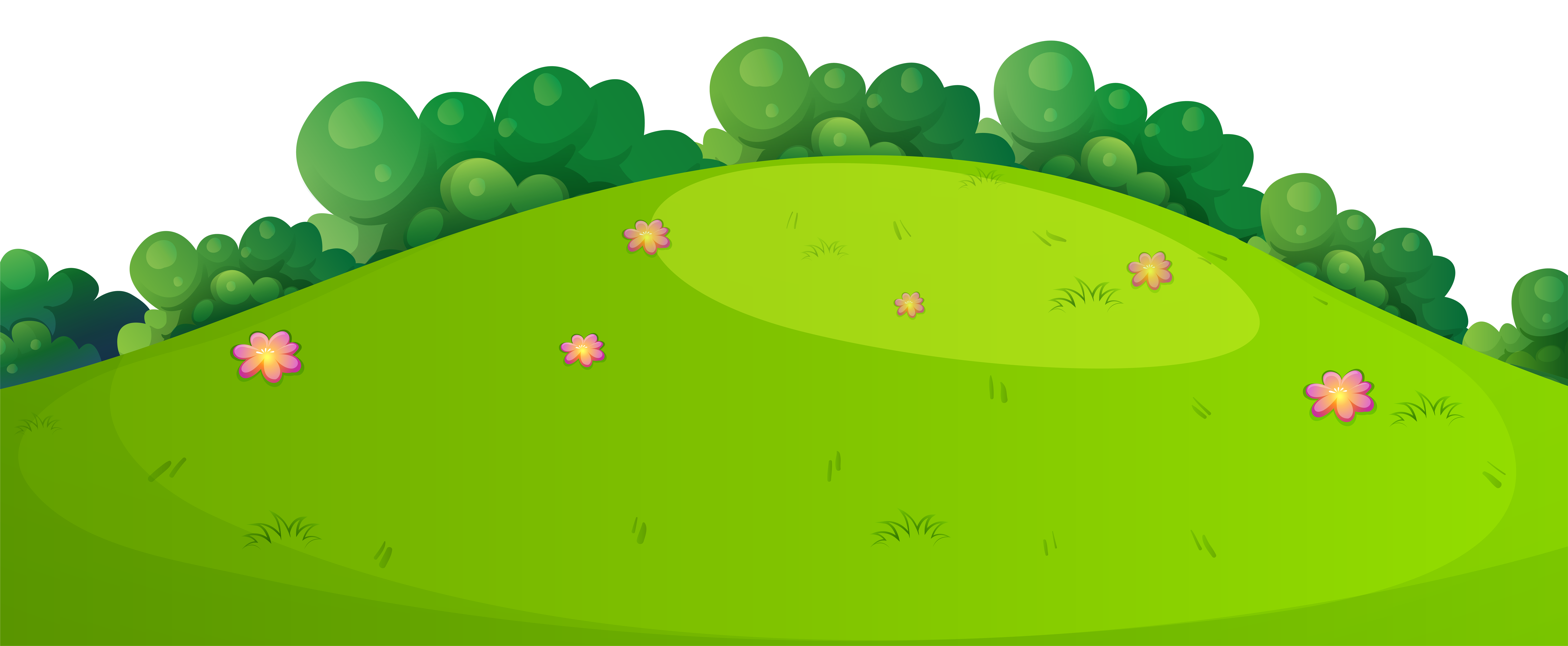

Abyssal plains are found at the bottom of the ocean. These broad underwater plains slope gently down beneath the water. The Atlantic Coastal Plain stretches along much of the eastern coast of North America. As the sediment builds up, it might eventually rise above sea level, forming a coastal plain. Many rivers deposit their sediment in the ocean. Because much of the sediment the Huang He carries is yellowish in color, it is also called the Yellow River. The Huang He River in China has created an alluvial plain that covers about 409,500 square kilometers (158,000 square miles). There, it spreads out, depositing the sediment in the shape of a fan. Water carrying sediment flows downhill until it hits flat land. Alluvial plains form at the base of mountains. The flood plain surrounding Africa’s Nile River has helped Egyptian civilization thrive for thousands of years. Flood plains are often rich in nutrients and create fertile farmland. If a river floods repeatedly, over time this sediment will build up into a flood plain. After the water withdraws, the sediment remains. The flood carries mud, sand, and other sediment out over the land. As a river floods, it overflows its bank. As rivers move from side to side, they gradually erode the valley, creating broad plains. The movement of rivers sometimes forms plains. The dark earth is a result of the lava, mostly a dark-colored mineral called basalt, broken down into tiny particles over millions of years. The earth in a lava plain is often much darker than the surrounding soil. Lava plains form when lava pushes up from below ground and flows across the land. As layer upon layer of this sediment is laid down, plains form. Water and ice carry the bits of dirt, rock, and other material, called sediment, down hillsides to be deposited elsewhere. Some plains form as ice and water erodes, or wears away, the dirt and rock on higher land. Plain Formation Plains form in many different ways. Despite the cold, many plants survive here, including shrubs and moss. In the Arctic, where the ground is frozen, plains are called tundra. Parts of the Sahara, a great desert in North Africa, are plains. Forested plains have different types of trees, shrubs, and other vegetation. Some, such as Mexico’s Tabasco Plain, are forested. They are also found in Australia, South America, and southern North America. Savannas such as the Serengeti plains stretch across much of central Africa. Savannas exist in places that are warm throughout the year. Steppes usually do not receive enough rain for tall grasses and trees to grow. In Asia and eastern Europe, temperate grasslands are called steppes. state of Wyoming and Kickapoo, many of whom live today in the Mexican state of Coahuila. Communities include Blackfoot, native to the Canadian province of Alberta Arapaho, whose center today is in the U.S. The so-called “ Plains Indians” are actually more than two dozen tribes. The Great Plains have supported a wide variety of cultures for thou sands of years. However, most tallgrass prairies have been plowed under and are now farmland or pasture. In areas that receive more rain and snow, tall grasses can grow 1.5 meters (5 feet) high. In areas with little rain and snow, short grasses grow. In North America, temperate grasslands-those in places with warm summers and cold winters-are often called prairies. A grassland is a region where grass is the main type of vegetation. Grasslands Many plains, such as the Great Plains that stretch across much of central North America, are grasslands. They cover more than one-third of the world’s land area. Plains are one of the major landforms, or types of land, on Earth. A plain is a broad area of relatively flat land.


 0 kommentar(er)
0 kommentar(er)
